We’re about to hit you with such a heavy dose of nostalgia, you’ll probably wish you had a time machine, dear Pandas. Us? We’re already working on the blueprints: the early 2000s are calling us and we have no choice but to answer!
Like it or not, smartphones are here to stay for a long while. And while the tech and functionality are both brilliant nowadays, it sometimes feels like we lost a bit of soul when we upgraded. But things didn’t use to look so bland! In between the eras of old-timey bricks and ultra-modern slabs of obsidian, we had an era of unparalleled design innovation. Phones used to look incredibly strange, unique, and (dare we say it?) cool, back in the first decade of the new millennium.
Writer Gerry McBride, who works at the satirical news site Waterford Whispers News, went viral on Twitter after sharing some of the most out-there phone designs ever. We’re featuring the pics that he and other social media users brought to everyone’s attention. Upvote your fave phones, Pandas! Let us know which ones you had (or had your eye on). Oh, and be sure to check out Bored Panda’s full interview with Gerry. If you enjoyed his thread and incredibly witty commentary, be sure to follow his Twitter, too!
Meanwhile, we also got in touch with Matt Johnson, Ph.D., for a few insights into product design and the importance of functionality when it comes to phones. Johnson is a professor of consumer psychology at Hult International Business School and Harvard University, and the author of 'Branding that Means Business: How to Build Enduring Bonds between Brands, Consumers and Markets.' You'll find both of our interviews below.
#1
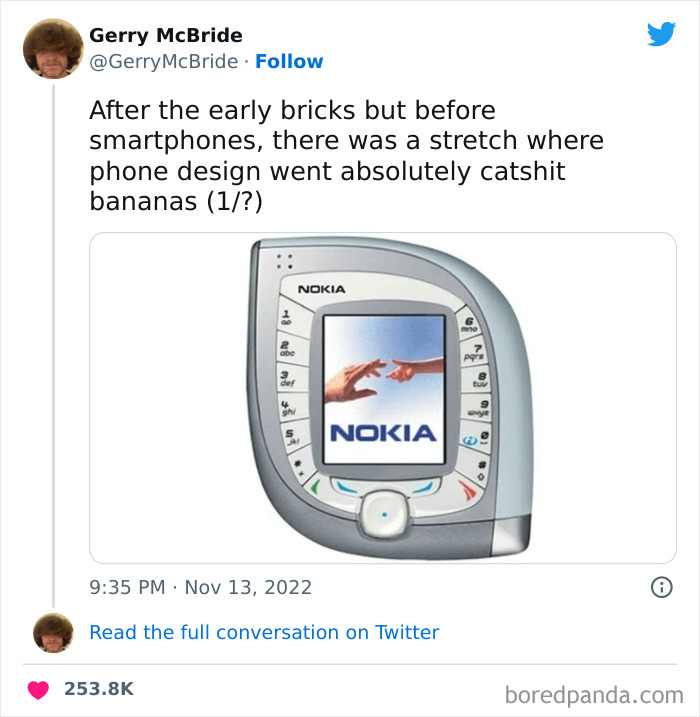
Image credits: GerryMcBride
#2
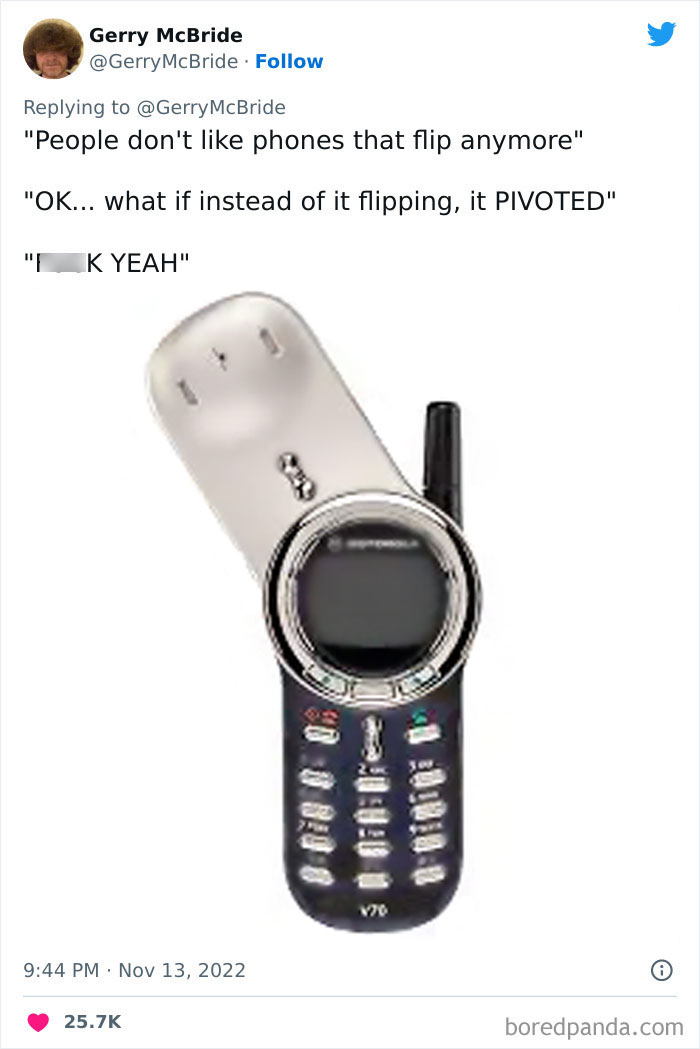
Image credits: GerryMcBride
#3
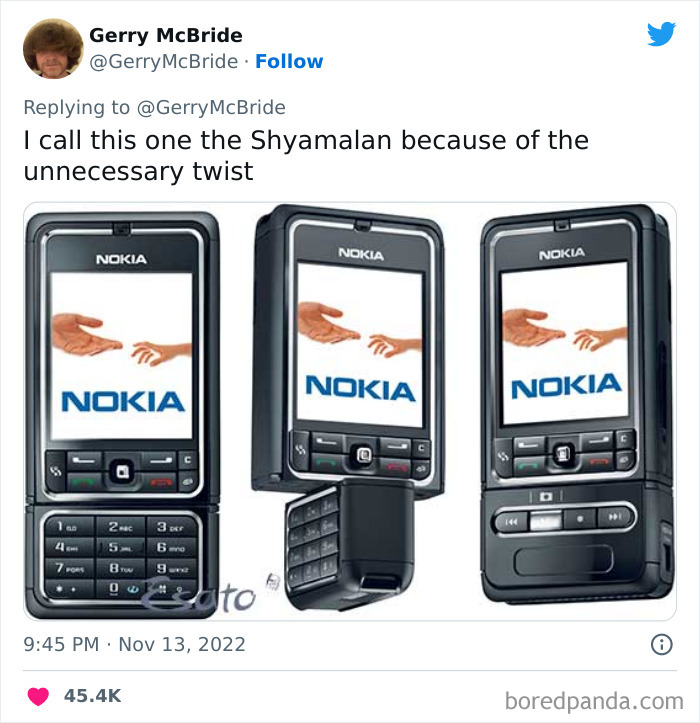
Image credits: GerryMcBride
“I'd like to think that the thread resonated with people because of my witty comedy writing, but in reality, I think people just love to take a nostalgic look at older technology. And not just phones—we love to reminisce about old movies, TV shows, video games, fashion,” writer Gerry drew attention to the fact that nostalgia is extremely magnetic.
“Everything breaks down into two groups: ‘I had it' or 'I wanted it'. if you had it, you want to discuss your experience with it, good or bad. If you wanted it, you want to hear from other people to see if it was as good as you had hoped or believed it would be,” he told Bored Panda.
“Nostalgia is incredibly powerful. We are always uncertain of the future as it is unknown, but we have lived through the past, we know what it was like and we can cherry-pick the things we liked about it.”
#4
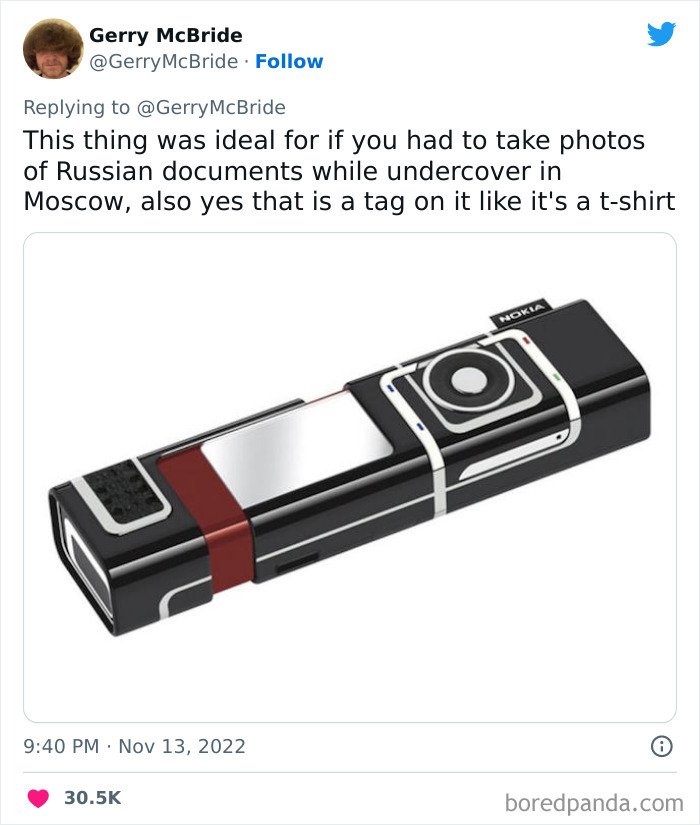
Image credits: GerryMcBride
#5
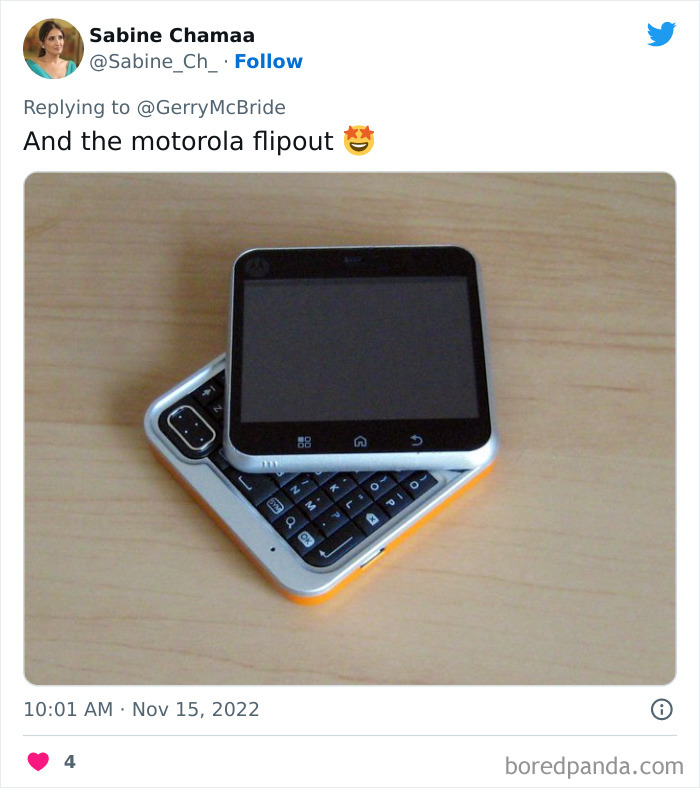
Image credits: Sabine_Ch_
#6
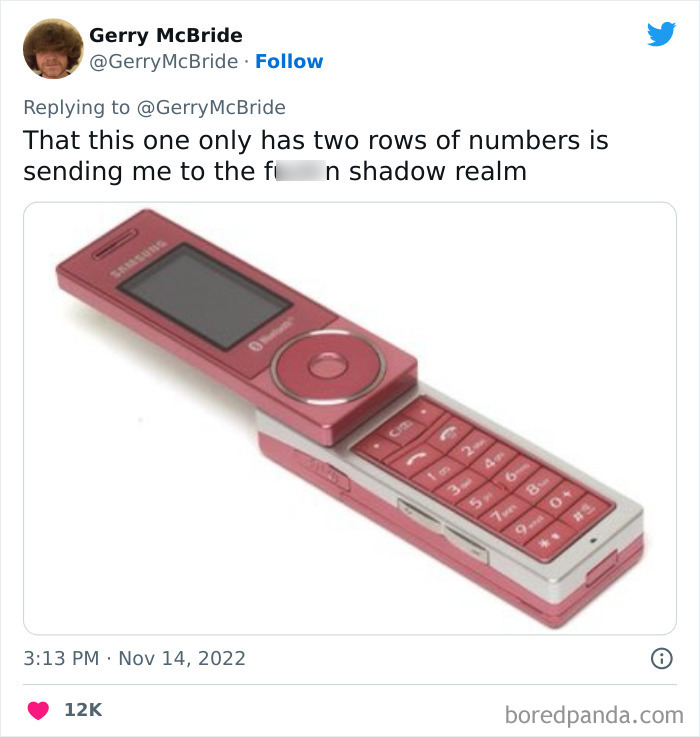
Image credits: GerryMcBride
However, the comedy writer pointed out that we tend to be blinded by the less enjoyable things that were present in the past.
“For example in the phone thread, nobody complained about slow internet service or poor reception or the lack of features that have become so useful such as screengrabbing, etc. But we remember the fun parts and our mind may trick us into thinking it was all fun, all the time! We also have fond memories of our old phones because we personalized them so much ourselves. We had to search out wallpapers or tap in ringtones ourselves. WE did that, so it made it feel just more OURS,” he said.
“As mobile phone technology was evolving, companies did their best to make their product stand out on the shelves. They weren't afraid to try something crazy,” Gerry explained to Bored Panda that there was a far bolder approach towards phone design a couple of decades ago.
“But this is true in the design of everything; look at old bicycles, for example, the big penny farthing types that seem so impractical today! Eventually, these things settle into a design that works best, and that becomes industry standard. It's why all bicycles today look basically the same, why all cars are more or less the same, and why all phones look the same,” he said.
#7
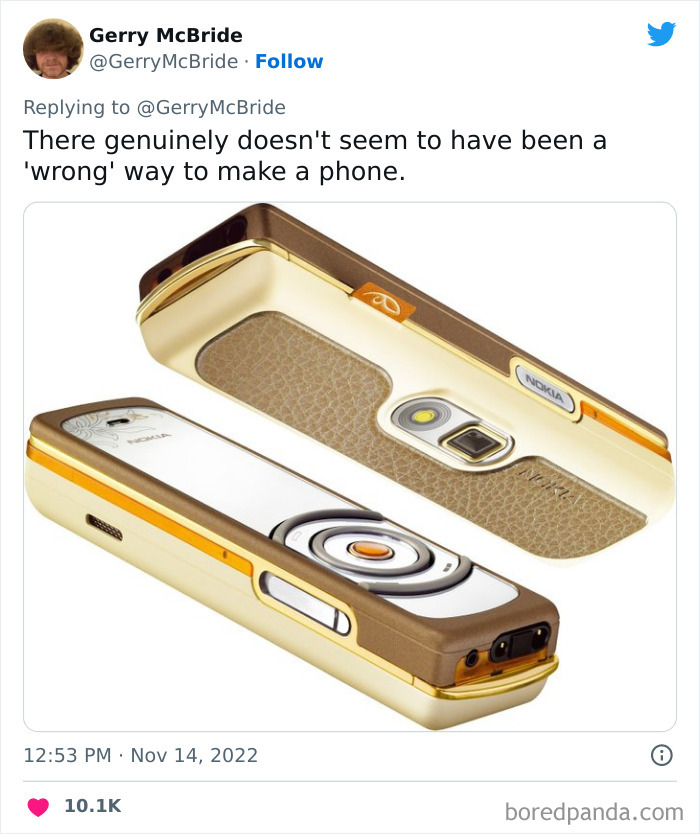
Image credits: GerryMcBride
#8
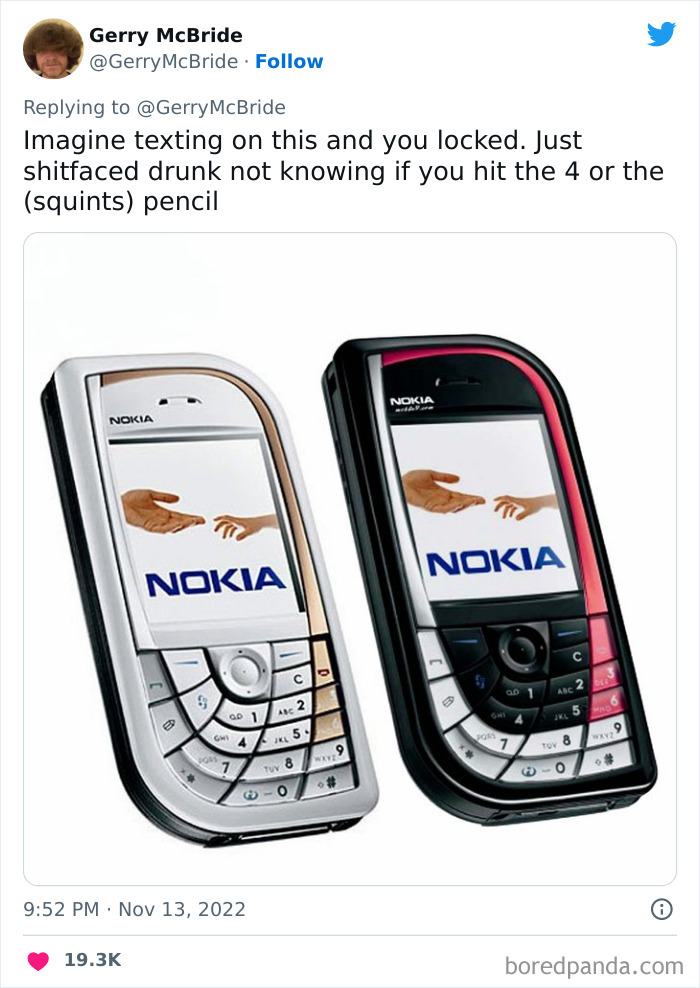
Image credits: GerryMcBride
#9
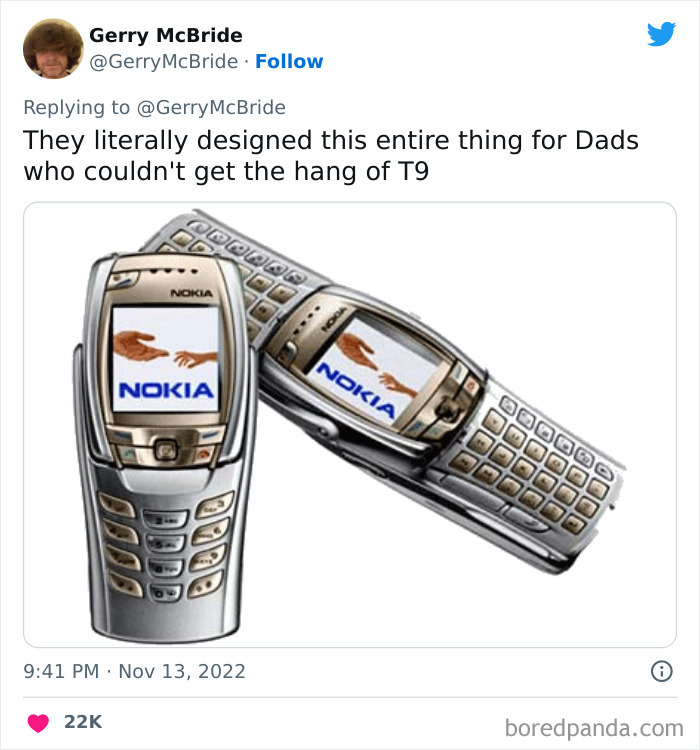
Image credits: GerryMcBride
Professor Johnson, the author of 'Branding that Means Business,' told Bored Panda that there are a variety of reasons "why the innovative designs of the 'Razr' era have quelled."
"But it all likely comes down to a single word: Apple. As the pioneer of the smartphone industry, they have placed a premium on functionality over form, and from their very first model in 2007, have instilled their sleek minimalist design. Apple's UX and aesthetic is fundamentally no frills. Camera technology aside, all of the innovation that has taken place has been on the user interface itself and not on the overall shape and design of the phone," he said.
"As the pioneers of the category, they have the lion's share of the smartphone market, and have defined for their competitors what a smartphone is and what it should look like. This is not to say that competitors can't get innovative—the Samsung Fold is a great recent example of design innovation, but it does make doing so a much riskier proposition."
#10
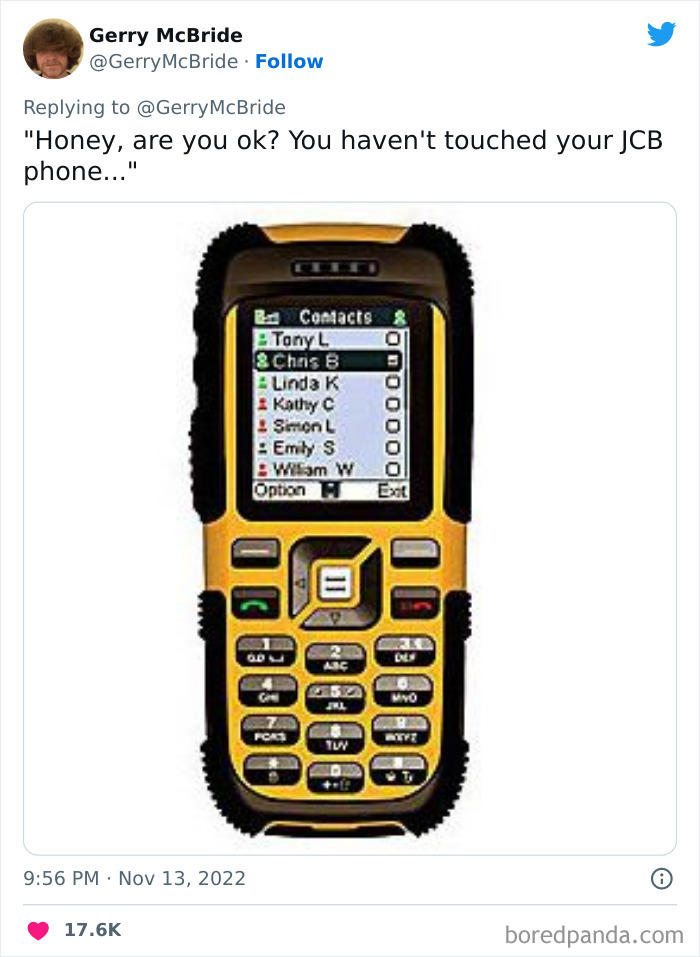
Image credits: GerryMcBride
#11
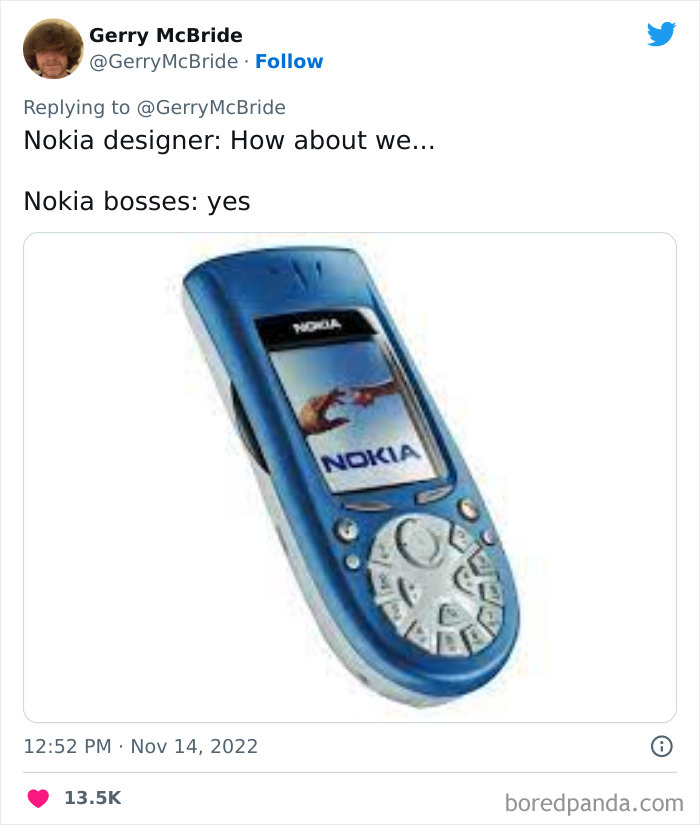
Image credits: GerryMcBride
#12
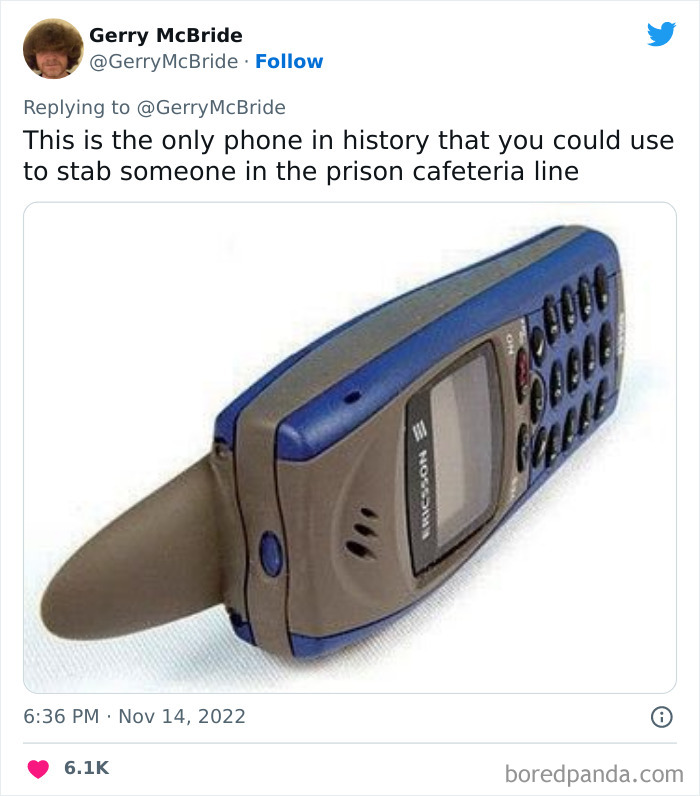
Image credits: GerryMcBride
According to the consumer psychology expert, "functionality is supreme" when it comes to something so ubiquitous as smartphones.
"This is the device that wakes you up in the morning, and stays with you until you go to sleep. It's what you check your email with, capture life's moments with, call loved one's with, etc. It's arguably the most important piece of technology you own," Professor Johnson said.
"And so, given this, it's very important that it works, and works well in an intuitive and fluid manner. Design for design's sake, without a commensurate improvement on the functionality of the UX, does not convey value to the median consumer."
#13
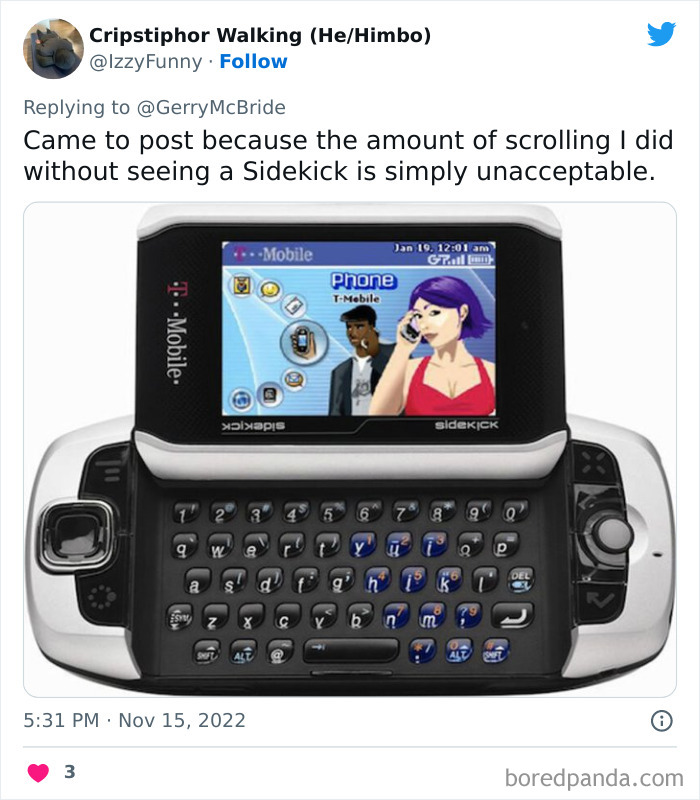
Image credits: IzzyFunny
#14
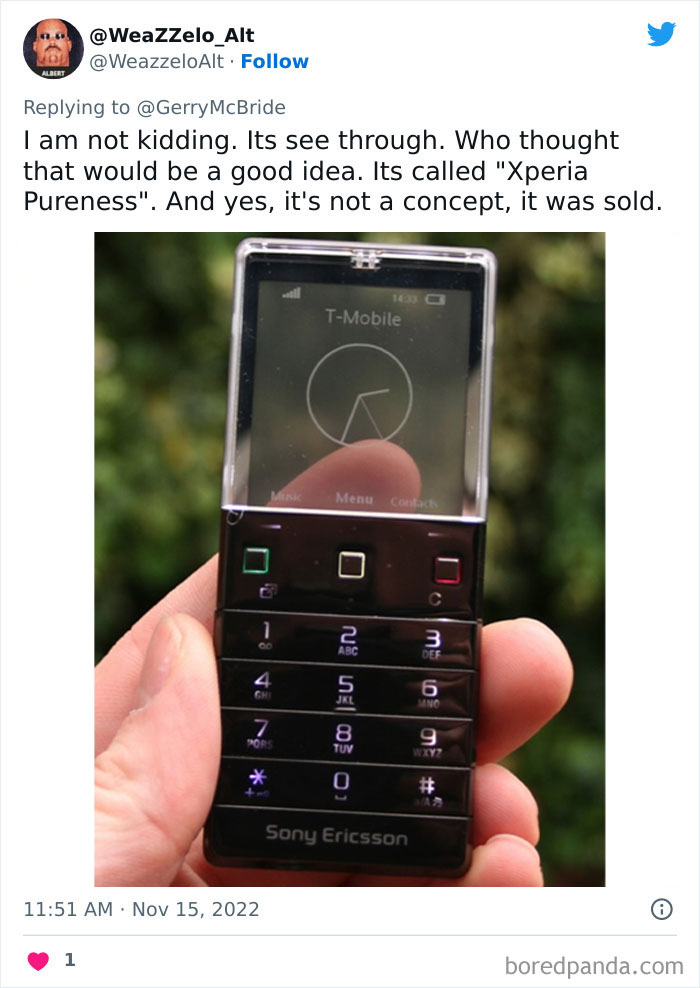
Image credits: WeazzeloAlt
#15
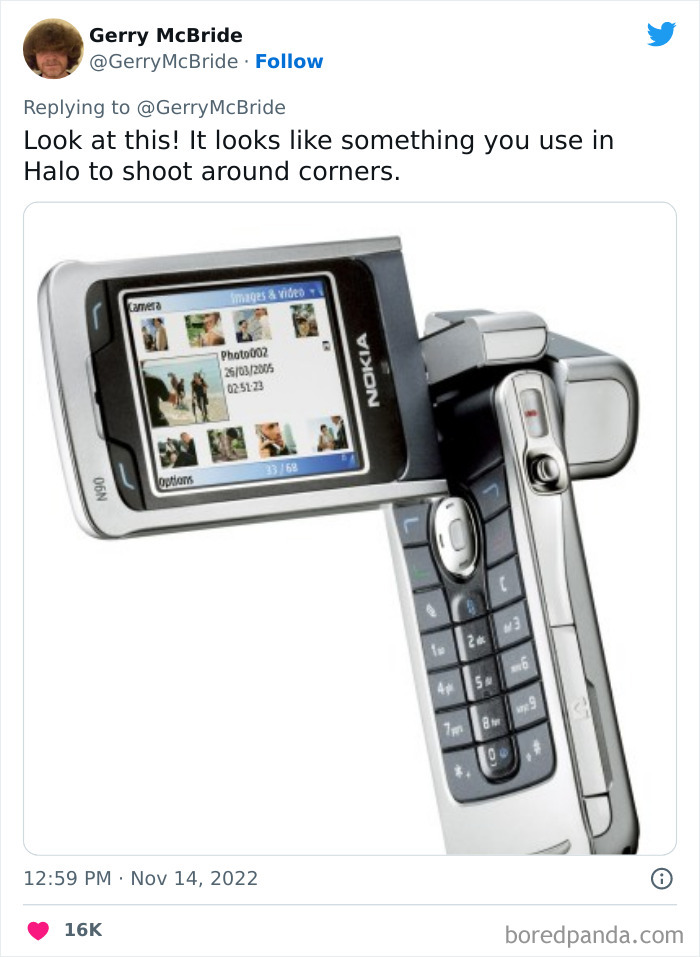
Image credits: GerryMcBride
Any good product will have a delicate balance between its functionality and its form (i.e. aesthetics), though that balance will look different depending on the item in question. When you’re splurging on technology, you don’t just want the best in terms of performance—you want the item to tell the world a little bit about who you are. Your phone is a statement piece, whether you think it is or not. Though functionality still reigns supreme.
In this day and age, pretty much the only ways to stand out with your phone is to either: a) opt for the most cutting-edge release every single year; or b) decorate your smartphone cover with whimsical designs… or 14-carat gold and diamonds. In short, your aesthetic options are limited when you’re working with a rectangular slice of touch-sensitive technology.
But back when screens were smaller and you had to use honest-to-God buttons (!) to navigate your phone, make calls, send messages, and play games, there were a ton more options available to the designers. You could change the shape of the phone to give it a silhouette that instantly stands out in adverts and in real life.
#16
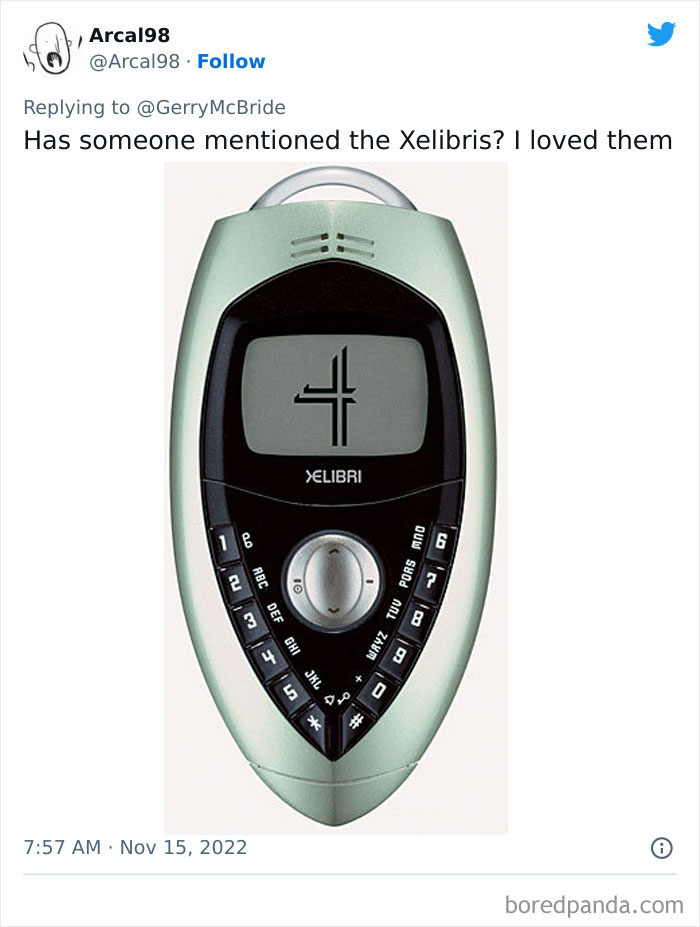
Image credits: Arcal98
#17
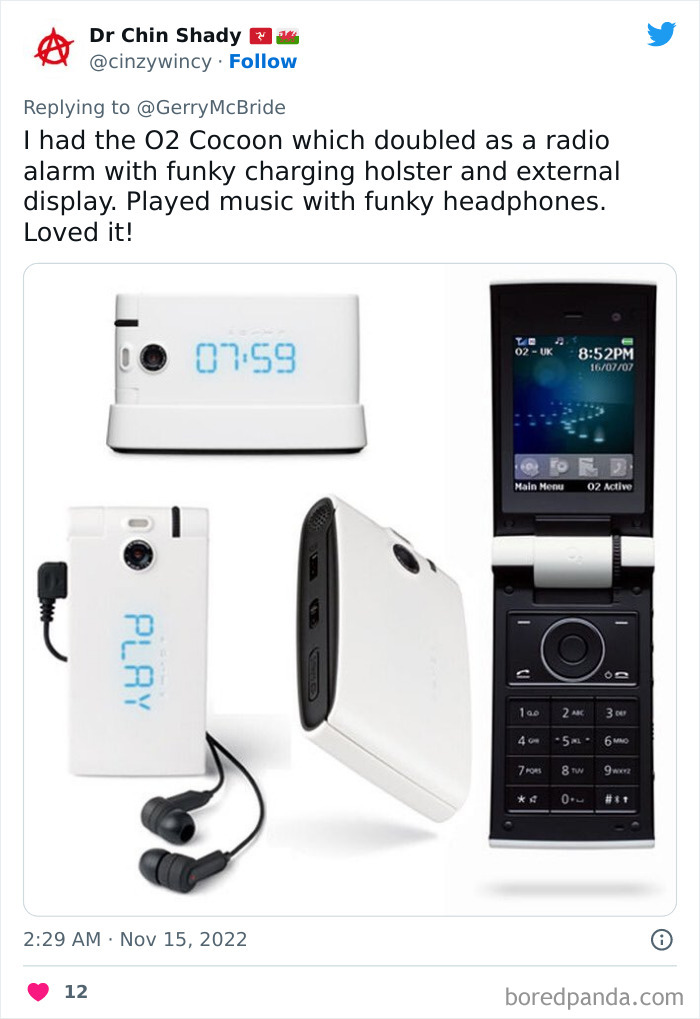
Image credits: cinzywincy
#18

Image credits: DrEggMan87
Were all of these phones ergonomic? Probably not. Some of them definitely looked impressive, but weren’t all that comfortable to use or all that useful to have, beyond a conversation starter at parties.
Others, however, were surprisingly comfortable to hold. Moving away from the generic screen-and-button layout created an avalanche of innovation. We saw some really cool stuff that put boldness first. Phones that we instantly knew we wanted because they looked so incredibly futuristic. Look, yours truly has been in love with the Nokia N-GAGE since the moment I laid my eyes on it. It’s the tail-end of 2022 and I still want that bad boy. (Side note: I still use my 15-year-old iPod daily and I always have a couple of spare batteries for my GameBoy Color.)
A while back, Aaron Genest, an Applications Engineering Manager for Siemens Software, told Bored Panda that we can more or less tell where technologies are headed by looking ‘upstream’ in the investment space.
“For instance, it takes almost two years to develop and produce a computer chip and get it to market for a phone, and five years to get something into a new kind of car. So if we want to have a sense for what, for instance, the gadgets in our cars will look like in 2026, we just need to look at what the car manufacturers are asking their suppliers to design today,” he said.
Companies aim to get a return on their investments. So you can more or less bet that certain technologies will be around until that happens.
#19
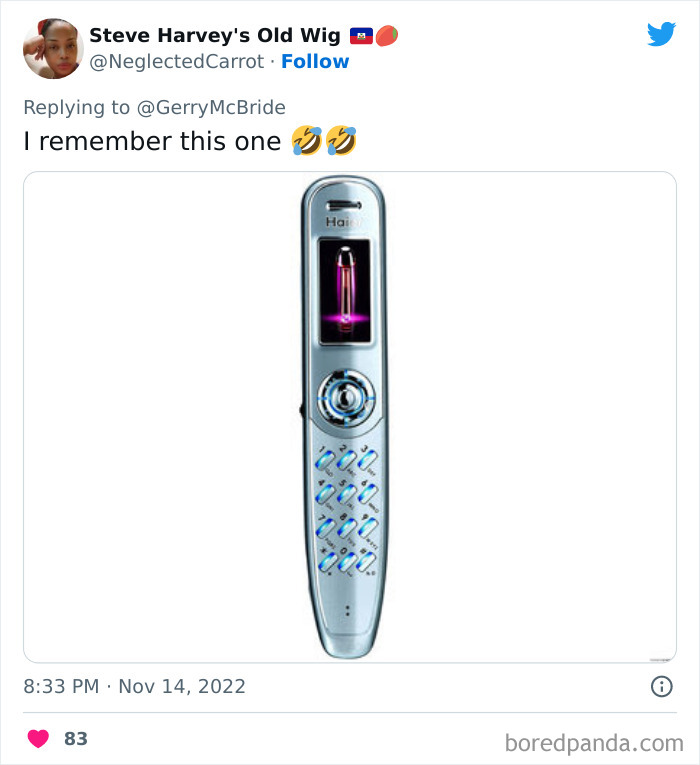
Image credits: NeglectedCarrot
#20
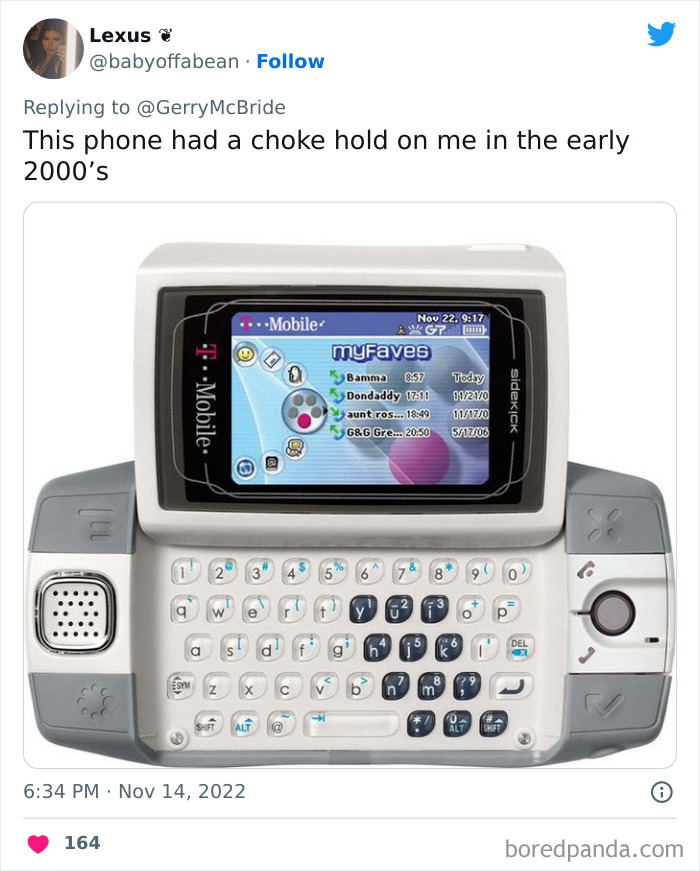
Image credits: babyoffabean
#21
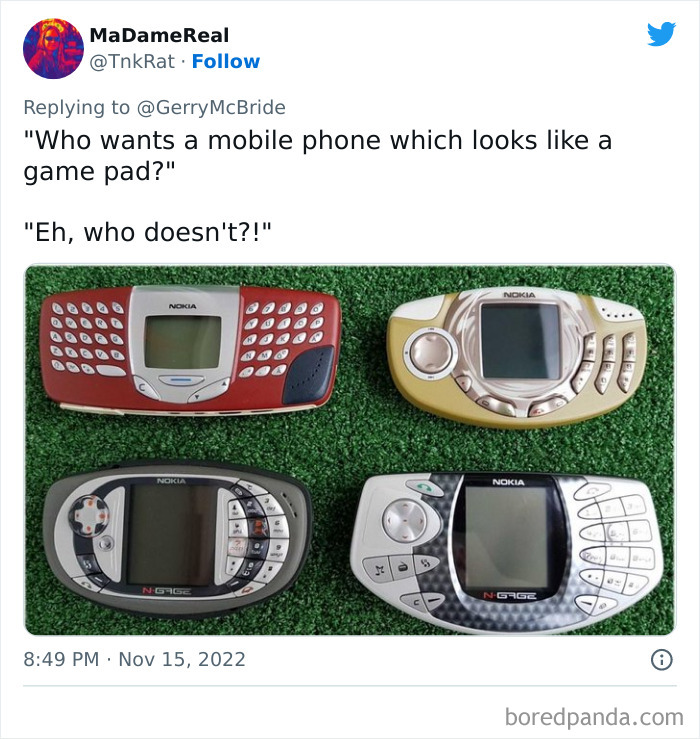
Image credits: TnkRat
Meanwhile, Professor Suzanne Degges-White, from Northern Illinois University, told Bored Panda all about nostalgia, during a previous interview. There are certain pros and cons to thinking back about the Good Old Days(™). A bit of daydreaming is great. Too much, however, can impair your present and future.
"Nostalgia has the 'super power' of helping us feel better about the 'now' by connecting us to positive feelings from the 'then.' Nostalgia can help us feel better about ourselves and more in control of current situations if we're able to channel that positivity into concrete actions or a reframed mindset about the present. However, when we begin 'living in the past,' we may be inviting into our lives less than optimal mental wellness and potentially compromised physical wellbeing, too," the licensed counselor told us.
"When we succumb to memories of how things 'used to be' and refuse to address the 'what is,' we may find ourselves overwhelmed by our current conditions and less able to manage current challenges," she shared.
"It's often memories of home and the people who surround us that keeps us able to deal with significantly concerning or dangerous conditions. For instance, letters from home can be a lifeline for those who are engaged in warfare far away from what they consider 'home,'" the professor told Bored Panda earlier.
#22
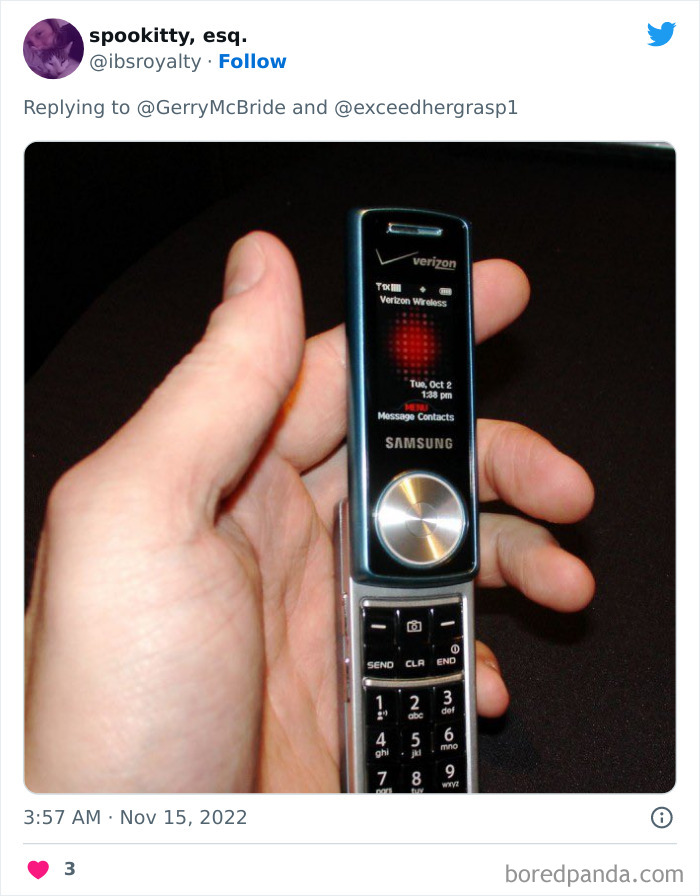
Image credits: ibsroyalty
#23
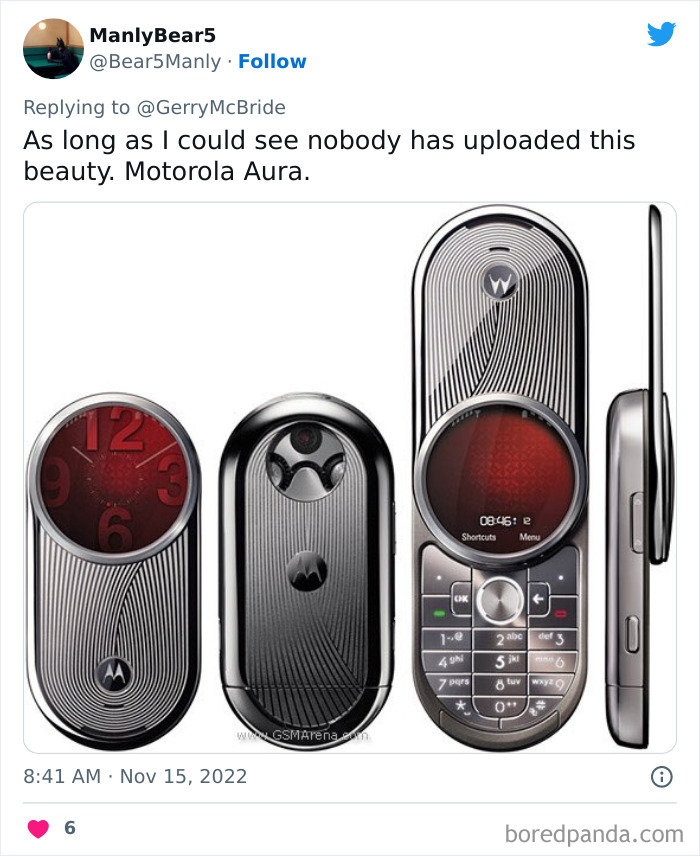
Image credits: Bear5Manly
#24
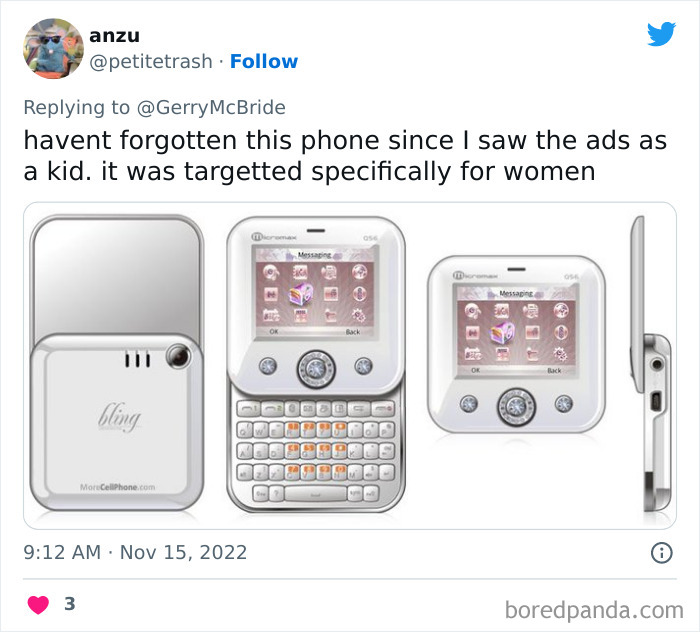
Image credits: petitetrash
"It's when we become stuck in our memories of people who have died, places or times in our lives when things were 'easier' or 'better' that invites in the negative effects of nostalgia. When we are unable to make decisions about a current challenge or get stuck in memories of better times from the past, we can sink into a state in which we kind of 'tune out' of the present and ignore very real threats or opportunities in the now,” she said.
The antidote to spending too much time reminiscing about how great the past was is to focus on what you’re grateful for in the present. Think about all of the things that you appreciate in the here and now.
#25
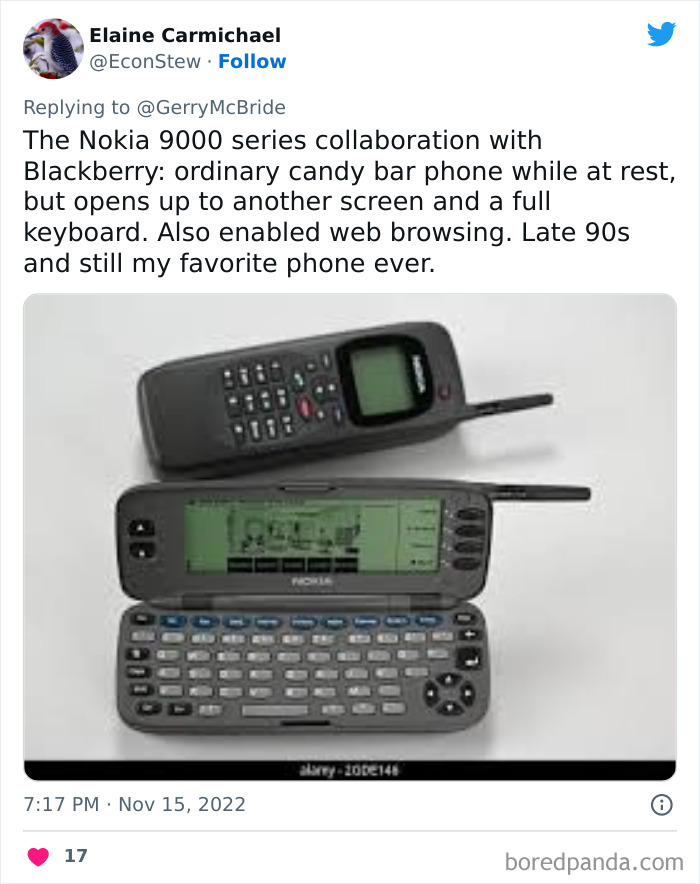
Image credits: EconStew
#26
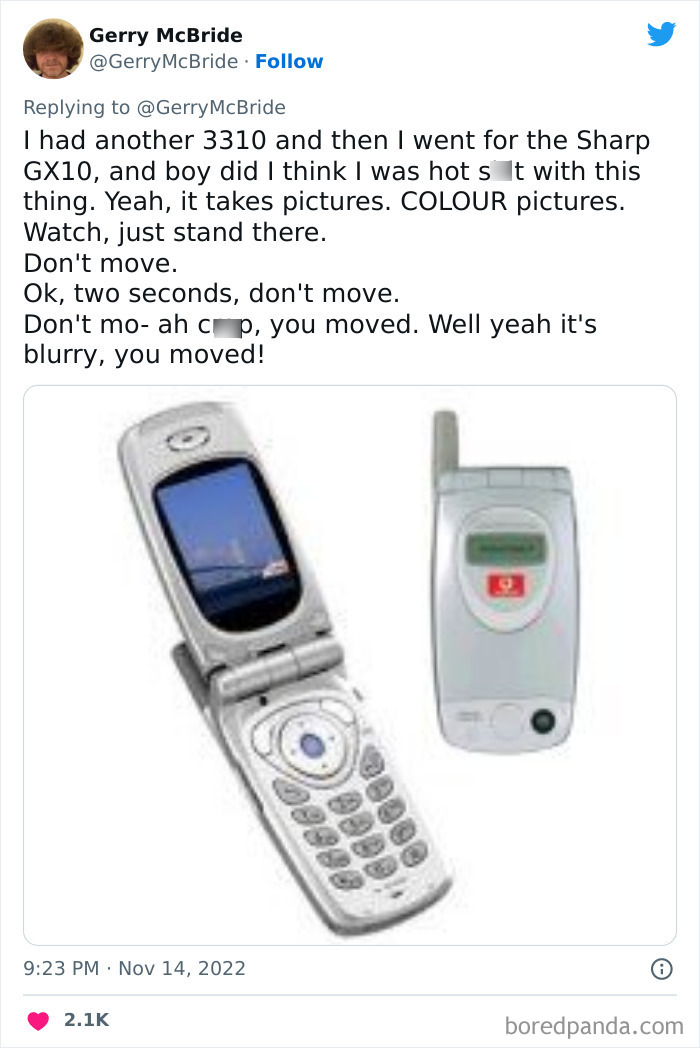
Image credits: GerryMcBride
#27
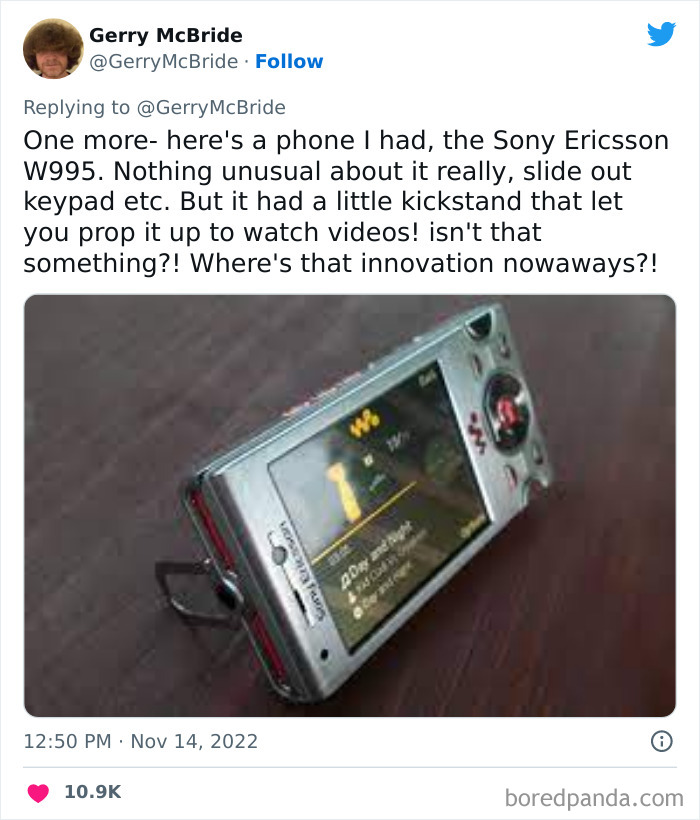
Image credits: GerryMcBride
"It's also helpful to step outside yourself and see how others might see your life. Gratitude can start with the basics—enough food to eat each day, a job that pays you enough to keep a roof over your head, people in your life who care about you and to whom you matter. Recognizing that not everyone in life has been as fortunate as you have and acknowledging your accomplishments is the best way to begin. Making a 'gratitude list' really does help us see our lives in a whole new way if we are committed to acknowledging the way our lives have been touched by success."
Yes, phones used to look way cooler a couple of decades ago and a sizable part of us wants to go back to live in a simpler and far more fun time. But life has a ton of upsides now as well. We just have to open our eyes and be open to finding the silver lining.
from Bored Panda https://bit.ly/3AwNvE6
via Boredpanda